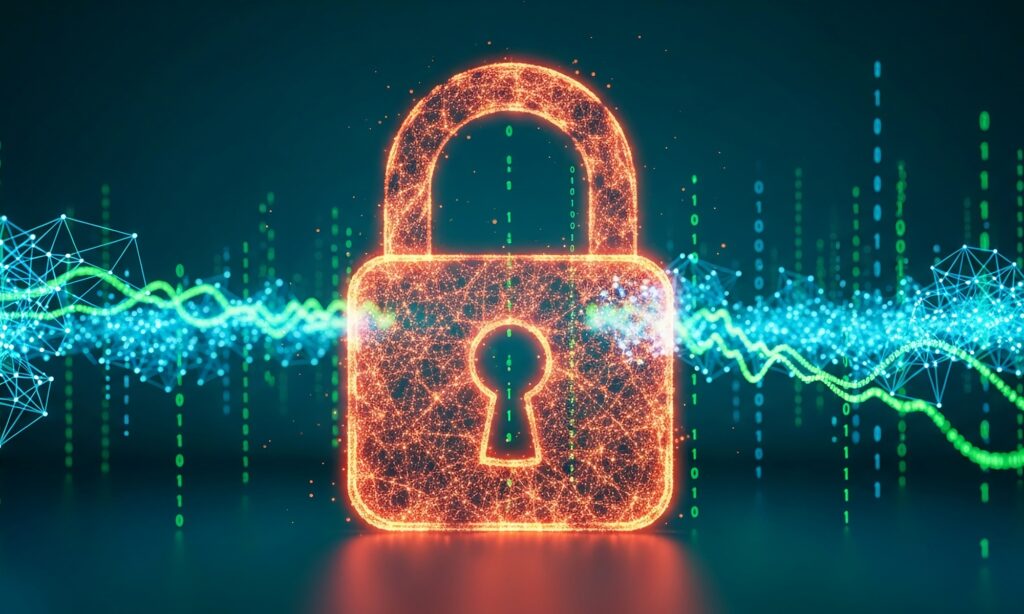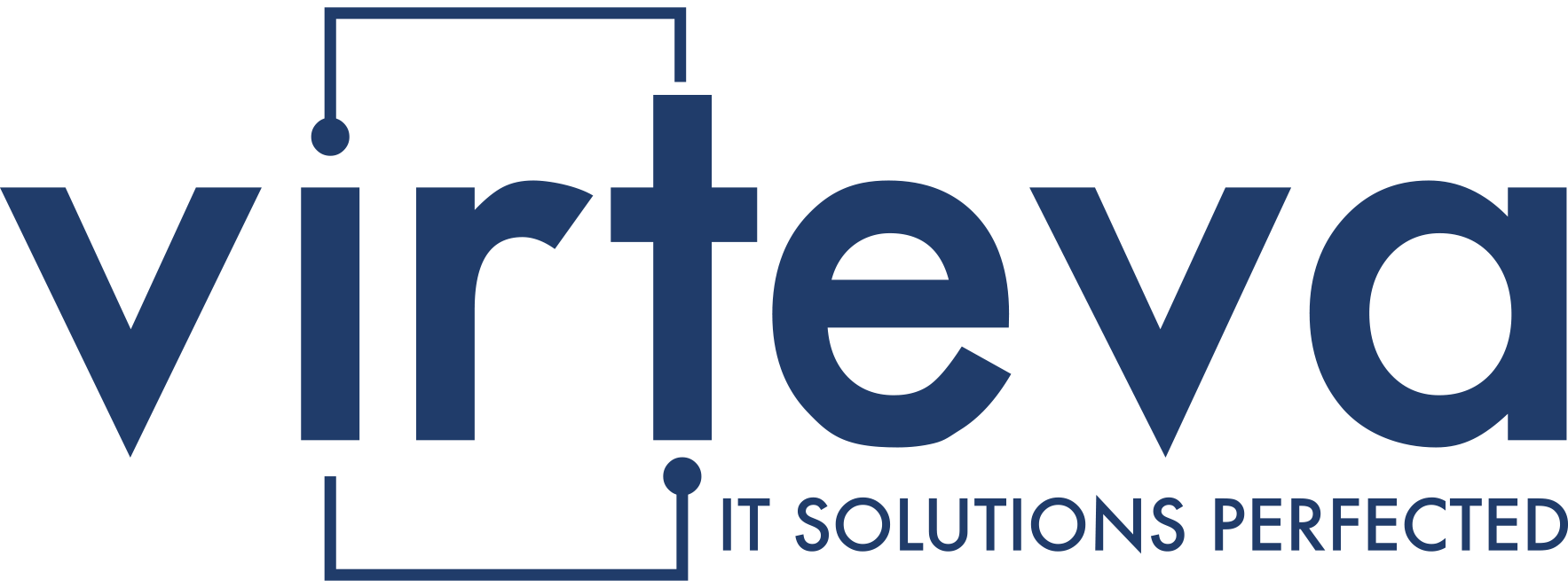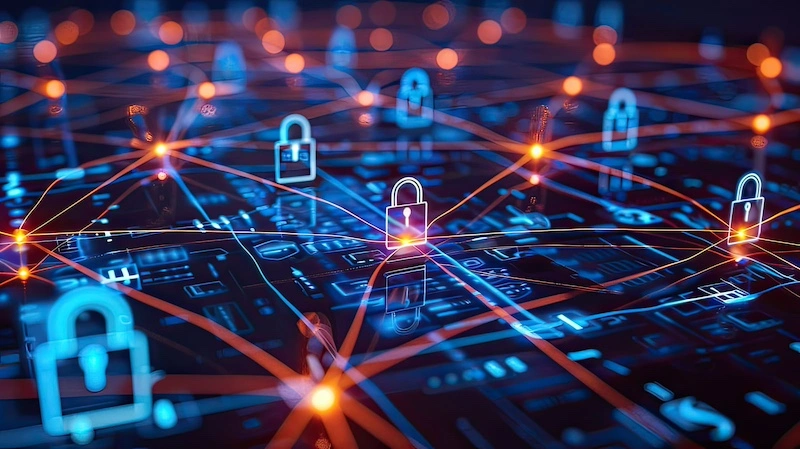Understanding IT Infrastructure Security
What is IT Infrastructure Security?
IT infrastructure security refers to the protection of an organization’s entire technology ecosystem, including hardware, software, servers, cloud environments, and networking components. Unlike isolated network security measures, infrastructure security takes a comprehensive view, safeguarding every element that stores, processes, or transmits data. It ensures that every digital touchpoint—whether it’s a server hosting sensitive customer information or an endpoint device used by employees—is protected from unauthorized access, malware, and other cyber threats.
Core Components of a Secure IT Infrastructure
Creating a resilient IT infrastructure requires several key elements:
- Firewalls and Intrusion Detection Systems: These tools monitor network traffic and prevent unauthorized access.
- Antivirus and Endpoint Protection: Protects devices from malware, ransomware, and viruses.
- Encryption and Access Controls: Ensures sensitive data is unreadable to unauthorized users and restricts access to only those who need it.
- Continuous Monitoring and Updates: Security patches and monitoring help prevent vulnerabilities from being exploited.
By implementing these layers, businesses can create a fortified IT ecosystem, laying the foundation for robust IT network security.

IT Network Security: Protecting Data and Systems
Defining IT Network Security
While IT infrastructure security focuses on the entire digital ecosystem, IT network security zeroes in on the communication layer. It protects data as it travels between servers, cloud environments, and devices. A secure network prevents unauthorized access, data breaches, and malicious attacks that could compromise confidential information.
Key Network Security Measures
To maintain a secure IT environment, businesses should employ the following practices:
- Firewalls and Intrusion Prevention Systems (IPS): Act as the first line of defense against external threats.
- Virtual Private Networks (VPNs): Secure remote connections by encrypting data, ensuring employees can safely access company resources.
- Secure Wi-Fi Configurations: Strong passwords, WPA3 encryption, and network segmentation prevent attackers from exploiting wireless networks.
- Monitoring and Logging: Tracking network activity helps detect unusual behavior and respond quickly to potential breaches.
Data Protection and Encryption
Encrypting sensitive data both in transit and at rest is critical. Whether it’s customer financial records, internal reports, or intellectual property, encryption ensures that even if data is intercepted, it cannot be read or misused. Implementing encryption standards alongside IT network security measures is a vital step in ensuring businesses secure IT safe.
Best Practices for Securing Your IT Network
Regular Updates and Patch Management
Cybercriminals often exploit software vulnerabilities. Regularly updating operating systems, applications, and firmware ensures that your infrastructure stays protected from known threats. Patch management is not just an IT task—it’s a proactive defense strategy.
Access Management
Implement the principle of least privilege (POLP) to limit access to sensitive information. Combine this with multi-factor authentication (MFA) to add an extra layer of security. Ensuring that employees only have access to what they need reduces the potential attack surface.
Employee Training and Awareness
A security system is only as strong as its users. Train staff to recognize phishing attempts, malware, and social engineering attacks. Regular security audits and drills reinforce best practices, helping employees act as the first line of defense in maintaining IT network security.

Securing IT Safe: Protecting Data Storage and Backup
What is an IT Safe?
The term secure IT safe refers to systems and protocols that protect sensitive data from unauthorized access while ensuring it remains available to authorized users. A secure IT safe is more than just password protection—it encompasses encryption, access controls, and secure storage environments.
Best Practices for Data Storage and Backup
- Encrypted Cloud Storage: Use cloud solutions that offer encryption and strong authentication to protect data.
- Physical Security Measures: Keep critical servers and storage devices in secured areas with controlled access.
- Automated Backups: Regular backups prevent data loss from cyberattacks or system failures.
- Redundancy and Disaster Recovery Plans: Ensure data is stored in multiple locations and that recovery protocols are tested regularly.
These measures collectively ensure that businesses can secure IT safe and maintain continuity even in the event of a cyber incident.
Responding to Security Breaches
Immediate Steps After a Breach
Even with strong security, breaches can happen. Quick action is critical:
- Isolate affected systems to prevent further damage.
- Notify stakeholders and follow any regulatory requirements.
- Document the incident and begin containment and remediation procedures.
Learning from Incidents
Each breach should be analyzed to understand its root cause. Updating policies, patching vulnerabilities, and educating staff can prevent similar incidents in the future. Continuous improvement strengthens your overall IT network security.
Conclusion: Protect Your Business Through IT Network Security
Strong IT infrastructure security and IT network security measures are essential for protecting business data in 2024 and beyond. By implementing firewalls, encryption, access controls, and employee training programs, companies can secure IT safe and reduce the risk of cyber threats. Regular audits, updates, and proactive monitoring are critical to maintaining a robust security posture. Investing in comprehensive network security today not only safeguards sensitive information but also ensures business continuity, customer trust, and long-term success.




